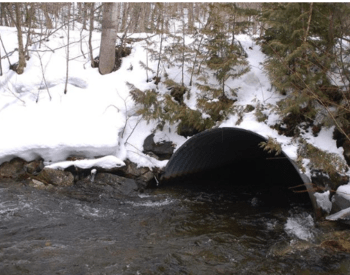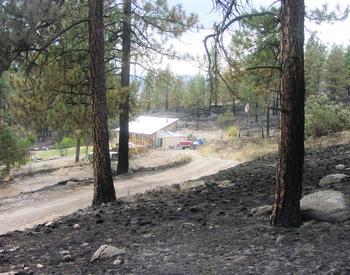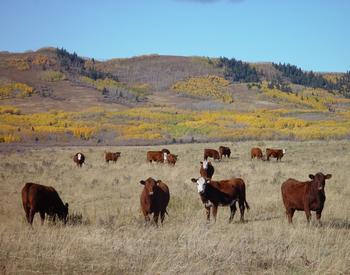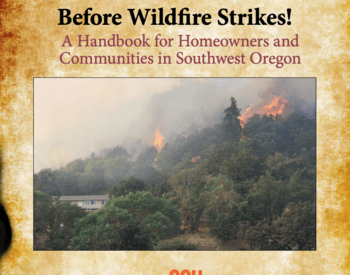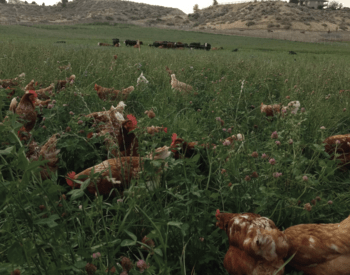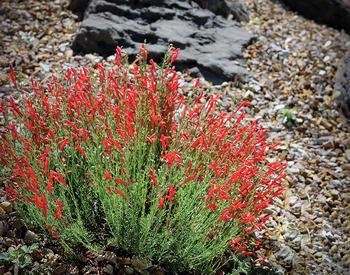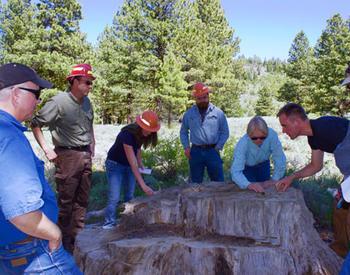To reduce wildfire risk and improve fire response, a collaborative plan strategizes how to coordinate funding and treatments across federal, state and private lands within an approximately 60,000-acre area.
Those involved in creating and implementing this Fire Prevention and Management Plan include: the Lone Pine Rangeland Fire Protection Association, which partnered with the Natural Resource Conservation Service, Oregon Department of Forestry, Bureau of Land Management, U.S. Fish and Wildlife Service, and the Harney Soil and Water Conservation District.
The challenge: Coordinating across ownerships
The Natural Resource Conservation Service typically works with individual landowners to fund conservation practices. To be effective, wildfire risk reduction must occur at a scale beyond that of individual parcels. This requires multiple landowners and managers within an area to coordinate and ensure their treatments are strategic.
A plan for funding and implementation
The Natural Resource Conservation Service worked with the Lone Pine Rangeland Fire Protection Association to refine a Fire Prevention and Management Plan. By applying for Natural Resource Conservation Service funding as a group, the Lone Pine Rangeland Fire Protection Association was able to secure cost-share for practices it would not have been eligible for had it applied individually:
- Brush management — juniper cutting.
- Forest stand improvement — forest thinning.
- Woody residue treatments — slash piling and burning.
- Water development — livestock distribution for managing fine fuels.
- Fuel breaks — safely deploying wildland fire resources.
Transferrable lessons
Although fire prevention and management plans may not be possible for every rangeland fire protection association or other landowner association, this example offers lessons for other efforts:
Think about the 'right' scale
An effective plan considers landscape-scale effects of treatments, so will likely need to include multiple landowners and managers. Be mindful that planning for too big of an area may increase complexity and be difficult to coordinate.
Strategically partner
Partners can help develop objectives and provide expertise on treatment options. Communication among partners also ensures that a plan conforms to agencies’ various administrative requirements so they can help with implementation.
Develop a shared vision
It is helpful for partners to share a vision for what will be achieved. The Lone Pine Rangeland Fire Protection Association's participants chose from a range of practices that would produce the desired outcomes of reduced wildfire risk and improved fire response.
Secure funding
Be thinking about organizations that might fund your plan and involve them in your plan development. They may be able to help you wordsmith your proposal, connect you with other partners or help you navigate screening processes.
Leverage existing interests and motivations
Rangeland fire protection association members and landowners have a shared interest in protecting their properties and communities from wildfire and may be uniquely motivated to participate.
Find (or be!) your local champion
Tenacious leadership can generate buy-in and momentum. The Lone Pine Rangeland Fire Protection Association’s chair and other members were instrumental in communicating with partners and urging members to persist through plan development, contracting and implementation.
For more information about the Lone Pine Rangeland Fire Protection Association Fire Prevention and Management Plans, contact Harney County’s NRCS office: (541) 573-6446.





